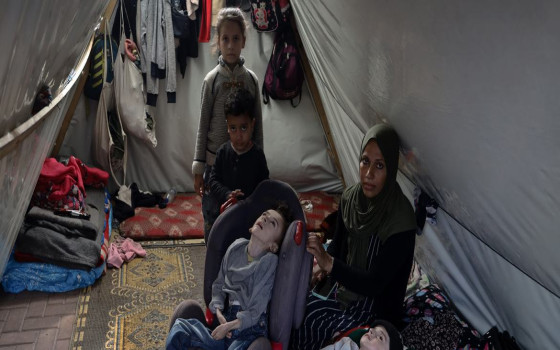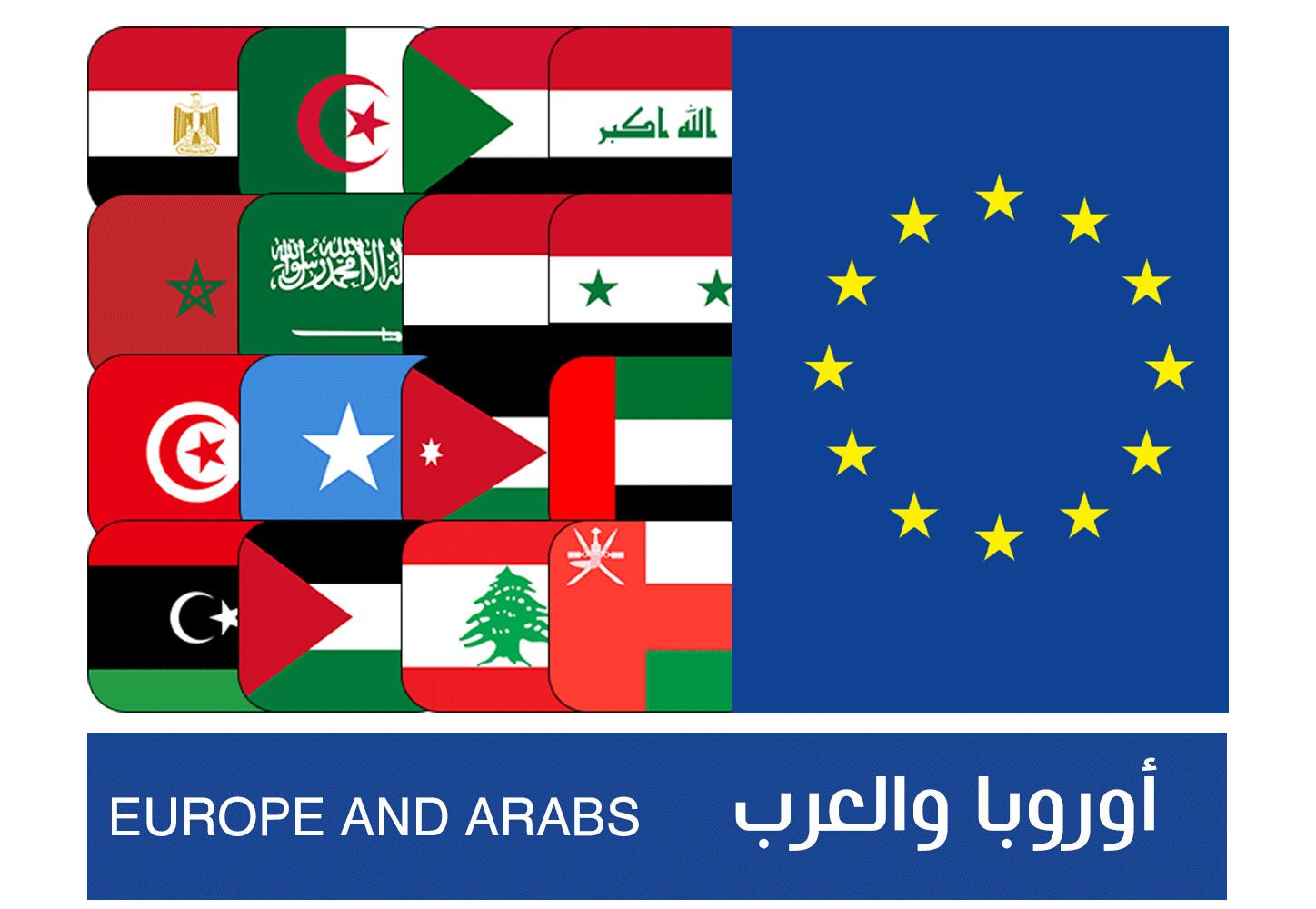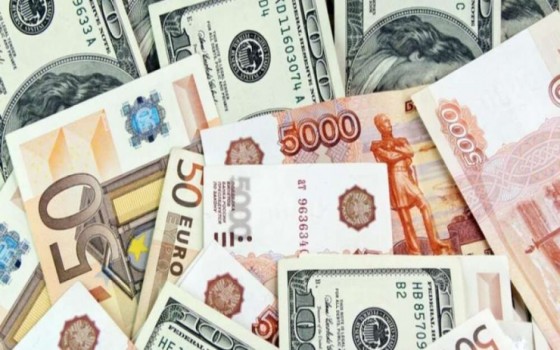
On the eve of the UN Security Council vote on Trump's peace plan, Israeli shelling resumed in southern Gaza, exacerbating the already dire situation for displaced people amidst stagnant water and aid covering only 15% of their needs.

- Europe and Arabs
- Sunday , 16 November 2025 7:48 AM GMT
Gaza – New York: Europe and the Arabs
On the 37th day of the ceasefire agreement in Gaza, Palestinian media reported renewed artillery shelling in the southern Gaza Strip, specifically in the eastern areas of Khan Younis, noting that residents fear a possible escalation of the fighting.
They also reported that Israeli forces were targeting the northern areas of Rafah, beyond what is known as the Yellow Line. According to a report by the Brussels-based European news network Euronews, this escalation coincides with the continued impact of the storm on displaced people, who are trapped in floodwaters, exacerbating their already dire situation. The Civil Defense in Khan Younis confirmed that tents designated for sheltering the displaced have not yet entered the Gaza Strip, contrary to the commitments made by the Israeli authorities. They also noted that the amount of humanitarian aid that has arrived does not exceed 15% of the actual needs.
Furthermore, they explained that due to a severe shortage of resources and equipment for rescue operations, they are unable to respond to numerous distress calls. In the same context, the World Health Organization announced that more than 900 Palestinian patients have died in Gaza as a result of delays in medical evacuations for treatment outside the Strip due to the blockade. Meanwhile, the Israeli Broadcasting Authority announced the resumption of search operations today for the bodies of the remaining hostages in the Gaza Strip. On the political front, the world awaits the Security Council session scheduled for this Monday, during which a vote will be held on a US draft resolution endorsing President Donald Trump's peace plan for the Gaza Strip and the establishment of a stabilization force. International.
A report published in the UN Daily News stated that more than nine out of ten children in Gaza are showing signs of aggressive behavior linked to more than two years of war in the Strip. Children's sense of stability and security has eroded with the collapse of basic daily services, according to assessments by child safety partners published by the UN Office for the Coordination of Humanitarian Affairs (OCHA).
According to the assessment, 93 percent of children exhibited aggressive behavior, and 90 percent of them were violent towards younger children. Sadness and isolation were almost equally prevalent (86 percent), along with sleep disturbances (79 percent) and widespread school refusal (69 percent). Humanitarian workers stressed that Gaza's children will need sustained and long-term efforts to recover.












No Comments Found